Rivers
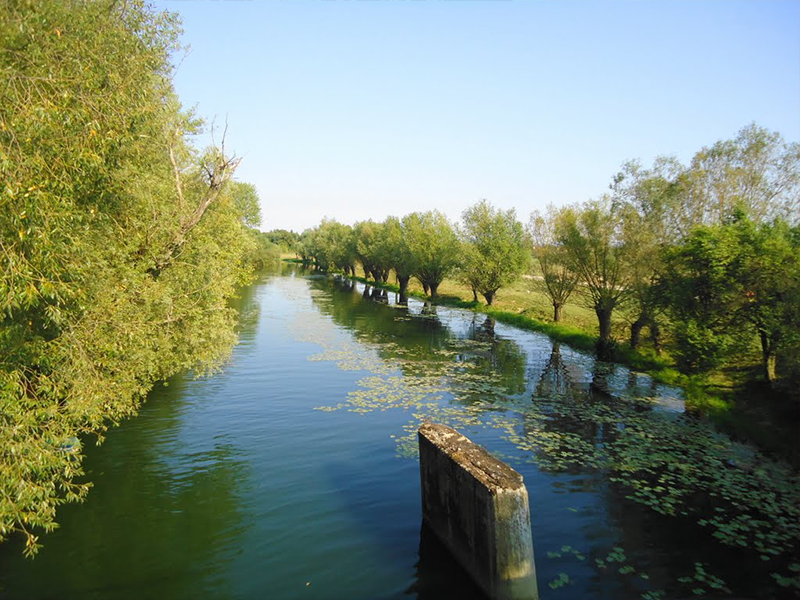
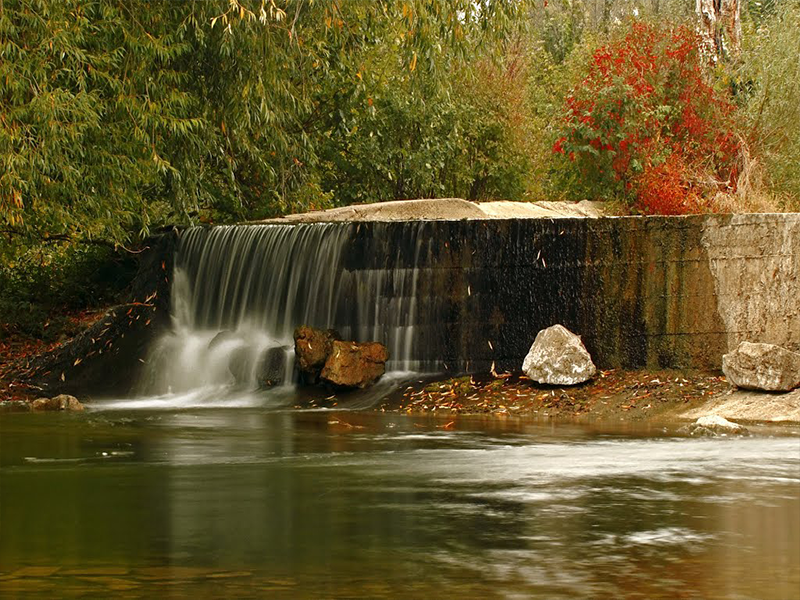
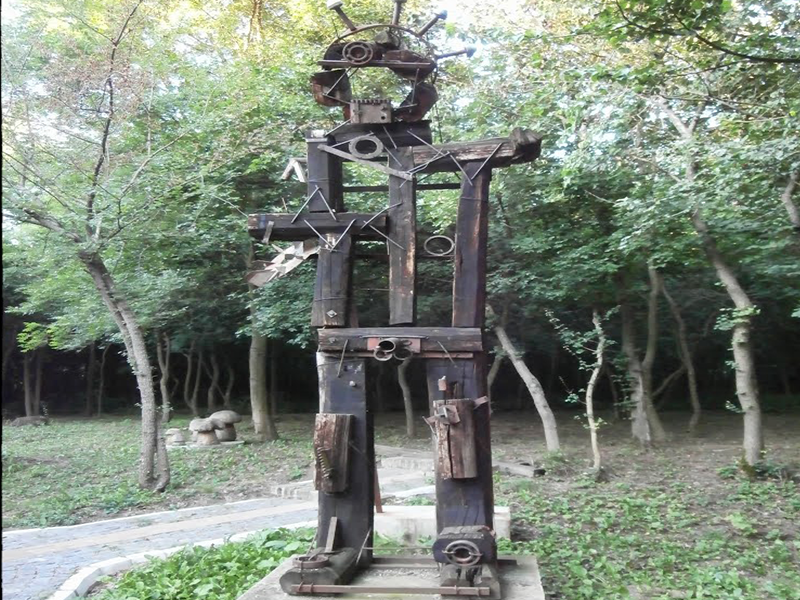


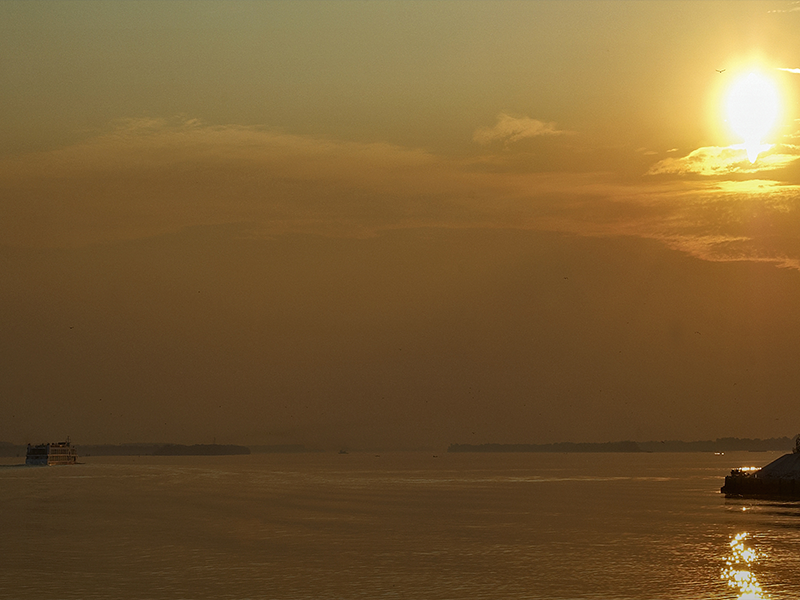
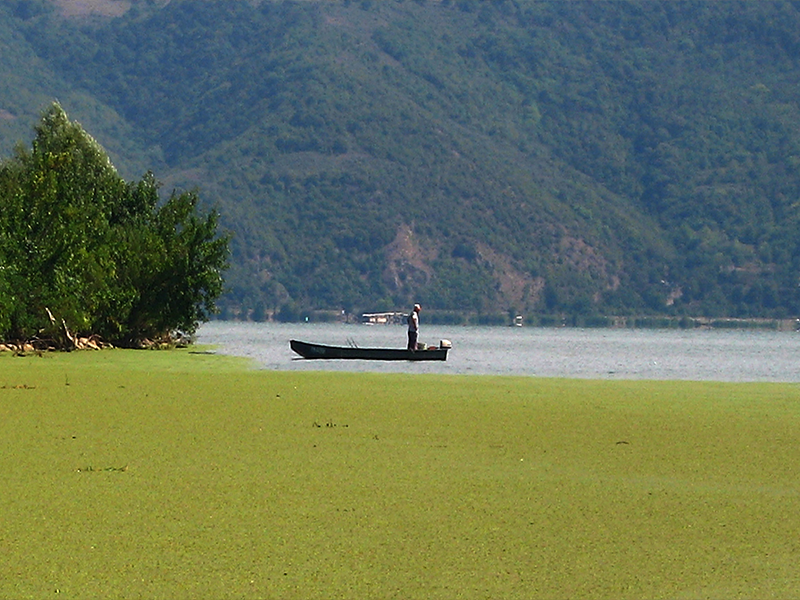


Specific to Karaš river are waterfalls, near the town of Jasenovo. With great enthusiasm of individuals the area around the waterfalls was transformed into a nice ambiance that provides rest and relaxation. In addition to sports facilities, summer restaurants, campsites, beaches, there is a sculpture park that is expanded every year thanks to the artistic colony which is held in early August. Karaš (Caraş in Romanian) originates in Romania and flows into the Channel Danube-Tisa-Danube (between Dupljaja and Grebenac) and its further downstream to the Danube flowing with the current of the channel Danube-Tisa-Danube, which leaves beautiful severed meanders (dead Karaš), an area rich in fish. During the Roman Empire, the river was known as Apo, meaning water in Thracian language. Karaš rises in the Banat Mountains, northeast of the town of Anina in Romania. The source is near the springs and the origins of rivers Brzava and Nera. Karaš flows through Romania with a length of 50 kilometers, after it's origin the river first heads north, and near the Romanian city of Karasu it turns to the southwest where it receives a large number of tributaries. The best known in this part is the river Lisava. Immediately after entering Serbia, Karaš receives substantial influx of water from Buruj river the right and from the left the river Ilida flows into Karaš. Karaš flows near the villages of Kuštilj, Vojvodinci, Dobričevo, Jasenovo and Straža, touches the eastern parts of Deliblato Sand hills at Dumača. From this point Karaš is part of the Danube-Tisa-Danube and passes by the towns Dupljaja, Grebenac, Kajtasovo and Banatska Palanka before it ends its 60 km route through Serbia and flows into the Danube near the town of Stara Palanka.
The last untamed river in Vojvodina; its rapids, meanders, sandy and wooded beaches and hidden lagoons will delight every lover of unspoilt nature. Because of these characteristics Nera was nicknamed "natural Jacuzzi". From fish in its course there can be found a lot of self, skobalja, cataracts, and from predators pike, bandara, asp, catfish while at the mouth of the Danube one can fish perch and carp. Nera (Romanian Nera, Hungarian Néra) is a river in the Banat area, in Serbia and Romania, left tributary of the Danube. Nera is 124 kilometers long. Nera river flows out of the mountains Semenic in Romanian Banat, near the city of Resita. The first part of the flow of the river flows south, and then it turns towards the southwest part of Banat making a gorge between the mountains and the Semenik. Here Nera receives a major influx of water from the Ruder river, which changes the direction to northwest to Najdaš and Kusić, where the river becomes the border between Serbia and Romania. It runs like this the next 14 kilometers, until reaching the mouth of the Danube near Banatska Palanka. In this area Nera flows mainly to the west, passing through Bela Crkva crevice, with local Serbs in Romania this area is known as Poljadija. Nera is torrential river, and was once regulated by the Jaruga channel. There are several streams that flow into the Nera (Kusicki, Bukanov, Leskovac). At the mouth to Danube, Nera is wide between 20 and 40 meters. The bowl is gravelly and most of the year the water is clear and cold. In recent years there is an increase in water temperature. The coast is mostly covered with indigenous white poplars and willows.









Danube (German Donau, Slovenian Dunaj, Hungarian Duna,Ukrainian Dunaй, Romanian Dunărea, Turkish Tuna) with it's 2850 km of water flow is the longest river in the European Union and the second longest after the Volga River in Europe. It flows through nine countries and several European capitals, before flowing into the Black Sea through the Danube Delta in Romania and Ukraine. The Danube flows through Serbia in the length of 588 kilometers, mostly through Vojvodina and along the whole length is navigable by ship. In the area between Stara Palanka and Ram, the Danube is very wide and the eastern and northeastern winds make big waves. On the left Banat coast, standing from ancient times there is a scaffold, which enters the Danube-Tisa-Danube (DTD), which ends here. River Nera also ends its flow into the Danube in this area. In the coastal area, about 500 meters upstream from the mouth of the channel, there is a nature reserve Swans Window, the famous bird habitat that covers a part of the Bela Crkva municipality. Stara Palanka is a small fishing village at the mouth of the channel, with the ferry-boat pier, restaurants with fresh fish and seafood dishes. A kilometer away from the coast is the village of Banatska Palanka, and 13 kilometers away Bela Crkva is located. Danube-Tisa-Danube channelis a unique system of canals used for flooding protection, to irrigate land, as a waterway, for tourism, hunting and fishing. The total length of the channel system is 929 km, including new and old canals and tributaries that were all, or partly restored and integrated into the system. In the network there are 51 building - 24 gates, 16 locks, 5 safety gates, 6 pumps and 180 bridges. This network allows drainage of about 700,000 hectares of land, and irrigation of 50,000 hectares. The canal is navigable for 664 km. The canal system includes 14 ports for loading and unloading cargo. In the period 1958 - 1976 reconstruction was done, adding new channels to the existing system of channels which were made during the Austro-Hungarian Empire.
The source of drinking water located at the periphery of Bela Crkva. Tucked between two hills covered with dense forest, Siga has always represented one of the favorite resorts for Bela Crkva residents, but also one of the lungs of the city. According to measurements from November 1988, the yield of spring amounted to 2.0 liters per second. The old resort is somewhat ruined, and the forest leads hopeless battle with orchards and illegal logging.